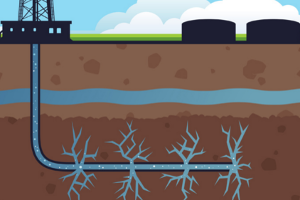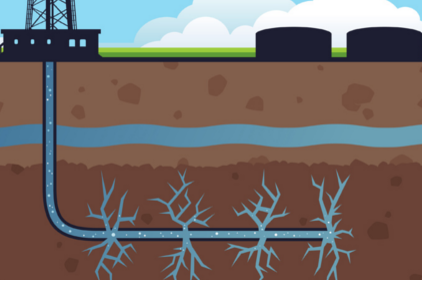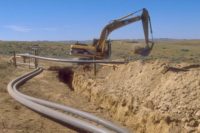Posted with permission from WyoFile.com:
 Officials in Wyoming were caught flat-footed when residents outside the town of Pavillion began asking tough questions about hydraulic fracturing and a sudden change in the quality of their drinking water, leading to nasty fights between residents, oil and gas operators, the state and federal agencies.
Officials in Wyoming were caught flat-footed when residents outside the town of Pavillion began asking tough questions about hydraulic fracturing and a sudden change in the quality of their drinking water, leading to nasty fights between residents, oil and gas operators, the state and federal agencies.
A U.S. Environmental Protection Agency investigation into the matter failed to resolve the situation, and may have even fanned the flames of disagreement. The question about whether hydraulic fracturing — or fracking — is to blame for degraded water quality in Pavillion may never be answered, for one key reason: lack of baseline water quality testing and ongoing water quality monitoring.
This week, officials from Gov. Matt Mead’s staff, along with the Wyoming Oil and Gas Conservation Commission, set out to implement a plan that may help avoid Pavillion-type scenarios. State officials rolled out a proposed rule change to establish a baseline groundwater testing and monitoring program for oil and natural gas development.
A public meeting will be held June 25 at the Wyoming Oil and Gas Conservation Commission in Casper to gather oral and written comments from stakeholders and the public at large, intending to help establish the parameters of this “rule change” process.
While the Wyoming State Geological Survey and University of Wyoming team up to conduct a broad inventory of groundwater in the state, oil and gas operators will be required to test groundwater only in areas where they drill.
Jeremiah Rieman, natural resource policy advisor to Gov. Mead, said the governor’s staff chose not to propose a “presumptive” model, as did Colorado, sparking much controversy. Under a presumptive model, operators are assumed to be responsible for any pollutants not identified prior to drilling. Instead, a forensic investigation into whether or not drilling activities contributed to groundwater pollution would rely on data collected under the state’s established groundwater monitoring program.
The draft rules establish a .5-mile parameter around each new oil and natural gas wellhead in which to test and monitor groundwater. During the application for permit to drill (APD) process through the Wyoming Oil and Gas Conservation Commission, operators would be required to collect water quality data from several different water sources, such as existing domestic water wells.
The state will ask operators to choose locations up-gradient, down-gradient from the well. The proposal would establish timelines for collecting samples before and after drilling. But the data collection area would apply only to the .5-mile radius from the wellhead — not to areas related to the reach of horizontal wellbores that can extend for 2 miles, such as in the current shale oil play in eastern Wyoming.
All water sampling data supplied to the state will be made available to the public, however a landowner can choose to not submit the information to the state.
To view the draft rulemaking document and appendix go to the Wyoming Oil and Gas Conservation Commission website and click on the “2013 proposed rules” button on the right-hand side of the page.



